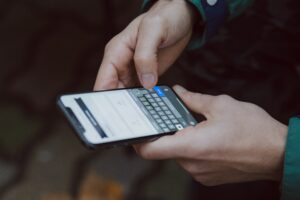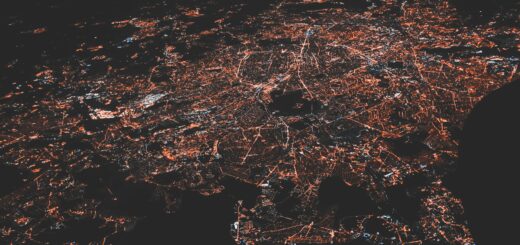Personal Learning Networks (PLN)

What Does it Mean to Network Using Social Media?
A personal learning network (PLN) is a group of trusted people whom are interconnected and gain knowledge from one another (Gutierrez, par. 3). An important aspect of a PLN is that individuals are purposefully attempting to connect with other individuals in order learn from them (Gutierrez, par.5). Therefore, networking often refers to the use of social media on platforms such as Twitter, Instagram, and Facebook as a means of creating, exchanging, and gathering knowledge between individuals (Gutierrez, par.6).
How are we Motivated to Participate in Networked Publics?
Motivation to participate in networked publics stems from the various benefits that are involved with networking. For example, many individuals use networking as a means of developing their careers, finding support, or even finding a new business partner (Rajagopal, Kamakshi et al., par.4). On a personal level, networking is a great way to inquire about any question, issues, or concerns one may have (Rajagopal, Kamakshi et al., par.4). For businesses and organizations, networking is often essential for socio-economic development and innovation (Rajagopal, Kamakshi et al., par 4).
What are the Risk and Rewards of Public Communications?
As we can see, networking can provide an array of opportunities and can be very beneficial to individuals, businesses, organizations, and much more. There are endless sources of information and people to refer to when one is presented with a need or concern (Rajagopal, Kamakshi et al., par. 4). Networking provides us with opportunities to be connected with one another, even in the middle of a pandemic! However, that is not to say that networking doesn’t come with any risks.
Networking involves the use of our data which; in turn, involves the reveal of our privacy (Boyd, p. 348). Boyd (2o12) provides the example of taking a DNA test that lead them to find out information about relatives that those relatives may have wanted to keep to themselves. We are all very well aware of the amount of personal information we’ve had to provide to sign up for emails, banking accounts, online food deliver, I could go on! Boyd (2012) goes on further to explain maching learning algorithms that use data such as things we search for on the internet, as a way to predict our interests and control what we continue seeing online. Networking has many benefits, but it’s important that we remain aware of the risks that are involved so that we can stay safe and secure.
References:
Gutierrez, Karla. What Are Personal Learning Networks?, 21 June 2016, www.shiftelearning.com/blog/personal-learning-networks.
Rajagopal, Kamakshi, et al. “View of Understanding Personal Learning Networks: Their Structure, Content and the Networking Skills Needed to Optimally Use Them: First Monday,” 27 Aug. 2011, firstmonday.org/ojs/index.php/fm/article/view/3559/3131.
Boyd, Danah. “Networked Privacy.” Surveillance & Society, 12 Dec. 2012, ojs.library.queensu.ca/index.php/surveillance-and-society/article/view/networked.




I agree with the part about risk. It is inevitable that users will share actual personal information when using the Internet. Therefore, personal data privacy will gradually become networked, and personal network privacy protection becomes particularly important. Reward is accompanied by risk.